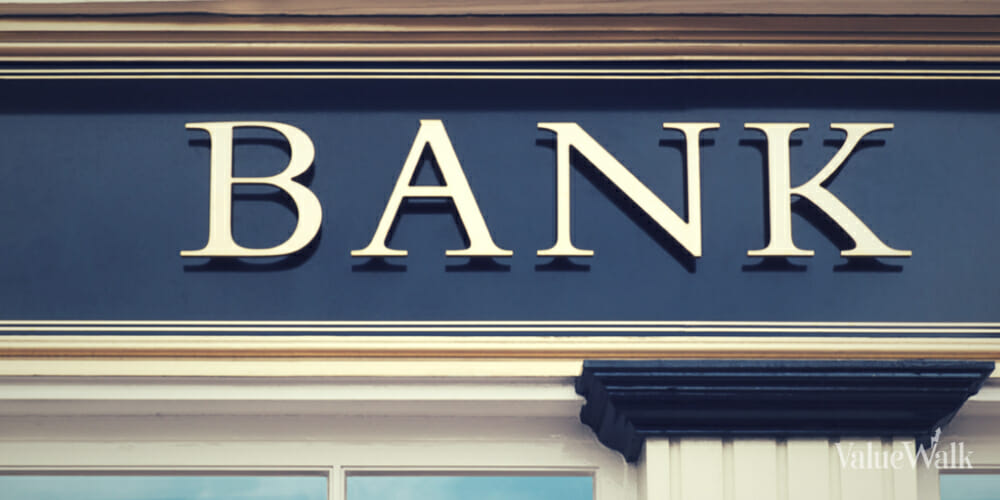Is the Fed to blame for the increase in subprime auto loans? In a special report published on Reuters, Carrick Mollenkamp lays out evidence for the argument.
According to Equifax, subprime auto loans rose 18 percent in 2012. There are now 6.6 million subprime auto loans, and many of the lenders dabbling in the subprime business are appearing in bankruptcy filings as well, according to Reuters.
There’s no denying that the U.S. Federal Reserve has been trying desperately to give the economy a boost. Since November 2008, it has gone through three rounds of bond-buying and slashed short-term interest rates almost to nothing.
The Fed is buying Treasury and mortgage securities in an effort to push trillions into the economy in order to help it recover.
Even the CEO of NASDAQ OMX Group, Inc. (NASDAQ:NDAQ) said just this week that the company’s acquisition of the Treasury trading platform eSpeed was “a bet that the federal government will keep maxing out the nation’s credit card.”
But while the Fed’s efforts to inject cash in the economy have certainly helped the stock market and other parts of the economy, it seems as if they have also had some undesirable effects, especially the increase in riskier investments – like those of subprime auto loans.
Of course with interest rates being as low as they are, the only way lenders are able to charge rates high enough to turn the large profits they want is through subprime lending.
After all, if someone’s credit history is bad and they need a vehicle bad enough, they’ll be willing to accept a higher interest rate. Subprime rates can soar over 20 percent, not only bringing in hefty payments for lenders but also, in some cases, making borrowers more likely to fail because they can’t afford those hefty payments.
Subprime lenders like Exeter Finance Corp. set their rates assuming that about 25 percent of borrowers are going to default. You have to admit that it’s a very high failure rate.
Now some experts say subprime auto lending is creating a mini-bubble — one that now resembles the housing bubble in 2007. Of course if and when the subprime auto bubble bursts, the effects won’t be nearly as far-reaching as the pop of the housing bubble, but it’s still a concern.
In short, borrowers should really think hard before diving into a subprime loan of any kind.






